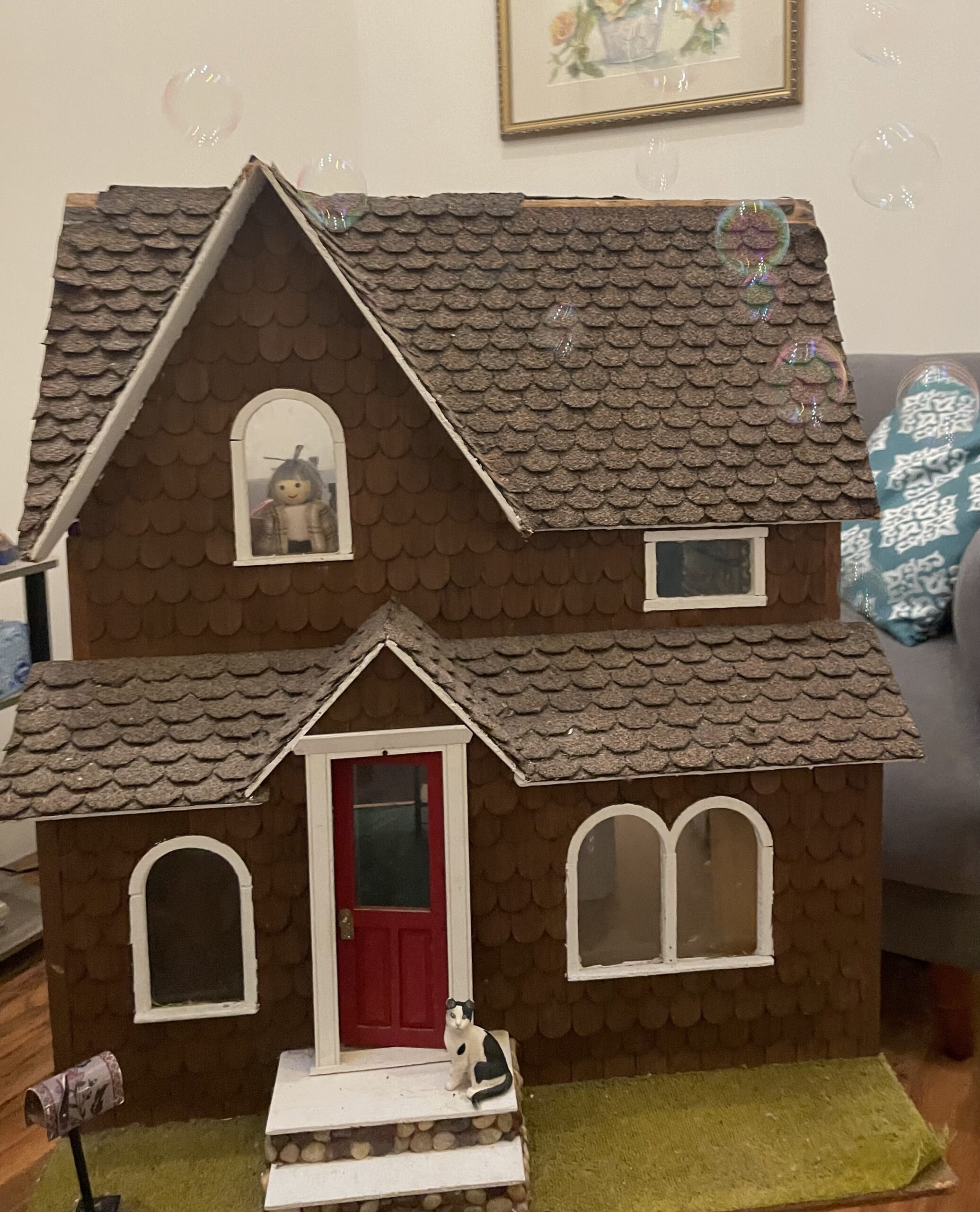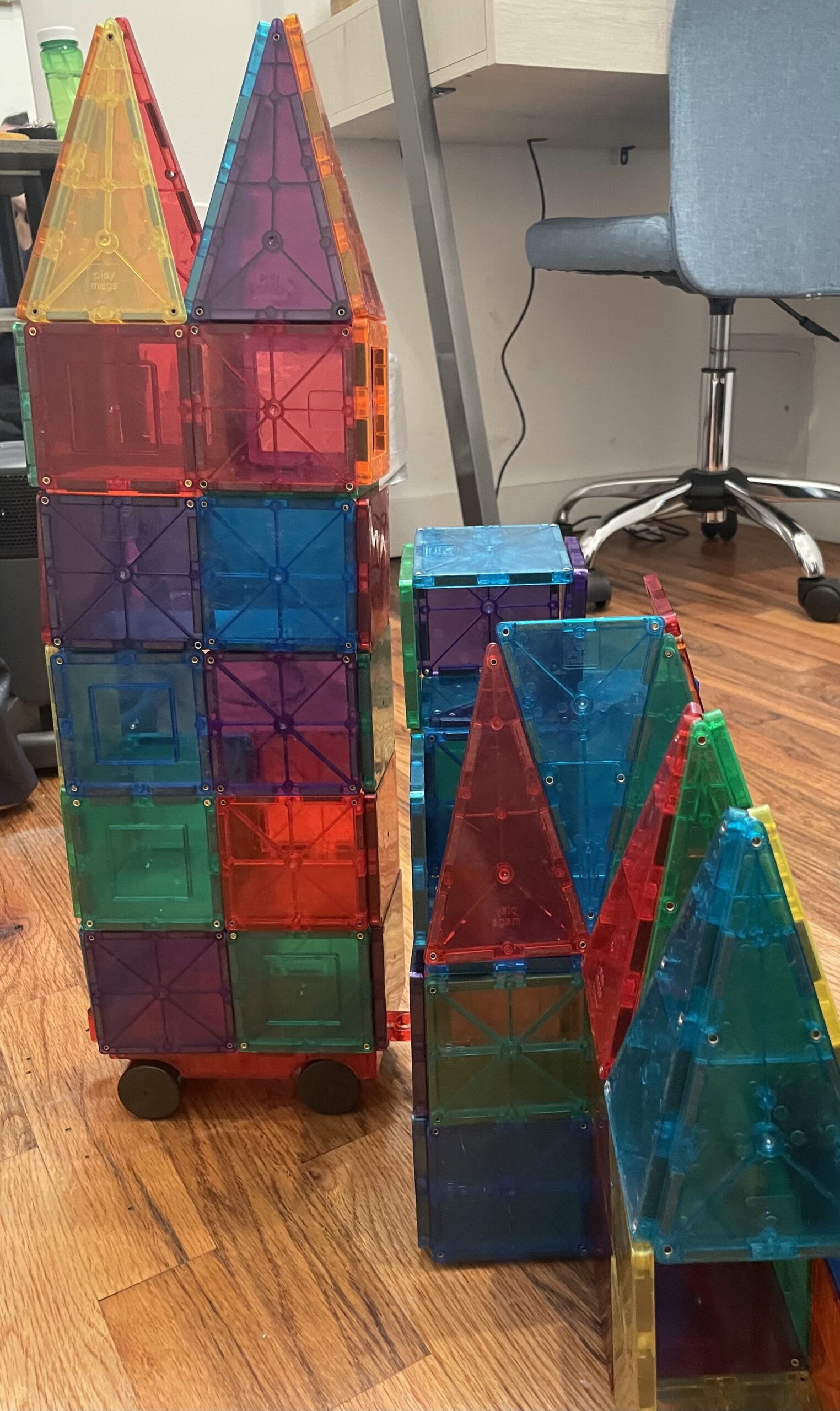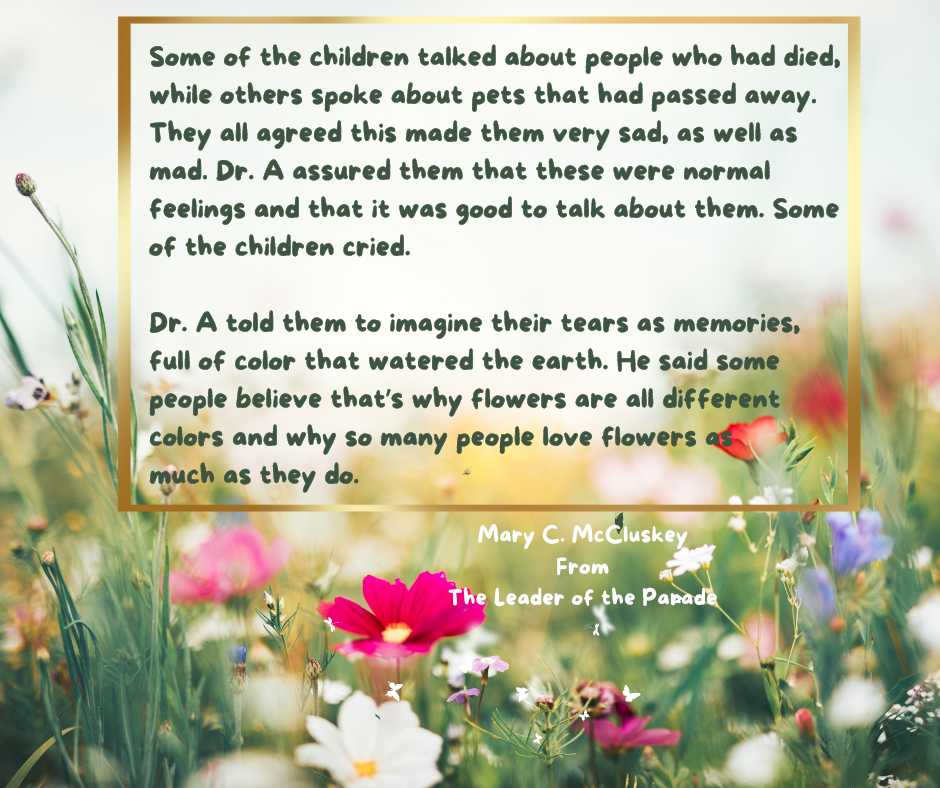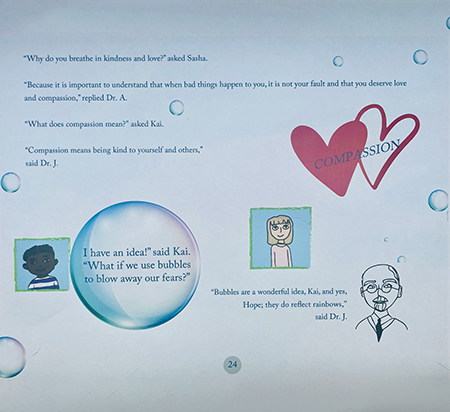Child and Adolescent Therapy Services
Are you worried your child’s mental health interferes with their ability to enjoy things, friendships, confidence, self-esteem, and overall well-being? You are not alone. Being a parent is NOT easy.
Dr. McCluskey (Mary), a parent herself, has worked with children and adolescents for over two decades. She is passionate about empowering kids and helping them to thrive. To this end, she has taken some of her learning and made it more accessible to parents and children in her two children’s books. The child and adolescent team is very comfortable working with many presenting concerns. Parents are an important part of all treatment plans, and the process is always collaborative. Oftentimes, parents need support as well, and will be given the option of working with another therapist on the team. The therapists will work together to make sure your child and family are getting the best treatment possible, and with your consent, will also collaborate with outside providers when necessary, as well as offer specialized referrals if needed Mary, who teaches social work at New York University, keeps up with the latest treatment approaches, and is very familiar with the many resources available in the community. The Empowerment Opportunity utilizes a holistic approach and works to normalize the struggles and feelings that all children have, creating a safe space for kids to create, heal and flourish.







, Our child and adolescent team helps clients identify and focus on their strengths while developing strategies to address areas of concern.
“Adler (1938) espoused that children are excellent observers, but also says they are terrible interpreters; therefore, they develop a lifestyle around faulty information.” (McCluskey, 2021 – Clinical Social Work Journal 50:387-399).
As a team, we will work with you to understand what we need to address, especially inaccurate information – whether it pertains to improving self-esteem, coping or social skills, or addressing trauma. We will help you understand and be involved in your child’s plan.
Here’s our approach.
Mary oversees the clinical team and will meet with the family for the assessment process. Based on their needs, she will assign your child to the therapist who is the best match for your child. Utilizing the valuable information the family and child have provided during the assessment process, the team collaborates to develop the best treatment plan for your child’s needs. We then communicate that plan to you and have check-ins to discuss your child’s progress or any concerns or questions you might have.
Our different treatment modalities include Play Therapy, Trauma-Focused Cognitive-Behavioral Therapy, EMDR, Mindfulness, Talk therapy, and Art Therapy. If age-appropriate, we may also use Mary’s books as therapeutic tools to help children open up about their feelings and learn to understand them better. We have found that even children who have a hard time speaking, engage in the bubble activity of blowing their fears away.
Below are more examples from excerpts from the latest book, Bubbles Balloon and Birds: Learning to Thrive-Helping Kids Cope with Adversity.
 Hope and Harsith talk with Dr. Adler.
Hope and Harsith talk with Dr. Adler.
Hope said, “I wish I knew about mindfulness last year when I worried about everything all the time. I remember on the last trip how scared I was that I would fall into that stream. I felt shame that I was the only one who couldn’t swim.” Dr. Adler said, “I remember, but you did just fine. It took a lot of courage to express your fear.”
 “What does shame mean?” asked Harsith.
“What does shame mean?” asked Harsith.
“It’s the belief that something is wrong with you – that you are unlovable, but this is not true,” added Dr. Adler. “You are lovable, and you are enough. A problem with shame is it makes people keep secrets, and then the shame feels even worse. That’s why it is important to share your feelings with someone  you trust and who supports you. Once you do, you will probably feel much less shame. People are really resilient.”
you trust and who supports you. Once you do, you will probably feel much less shame. People are really resilient.”
“What does that mean?” asked Harsith.
“It’s a big word, but it means that we are strong and brave and can overcome difficult things, especially when we learn from others – from their openness and courageous actions – like you all have done today by sharing your ways of coping.
Si is a good example. I named this strong little horse Social Interest because Si is always helping the other animals as if they were part of his own family. Like when in the cold winter, Si broke through the ice so that all the other animals could have drinking water. Si’s actions are a good example for the other animals, and this is how our resiliency grows.”
Therapy is a perfect place to practice feelings in a safe space.
Finding a therapist for your child can be daunting. Calling for a free 15-minute- consultation will likely help your anxiety about your child’s mental well-being.


